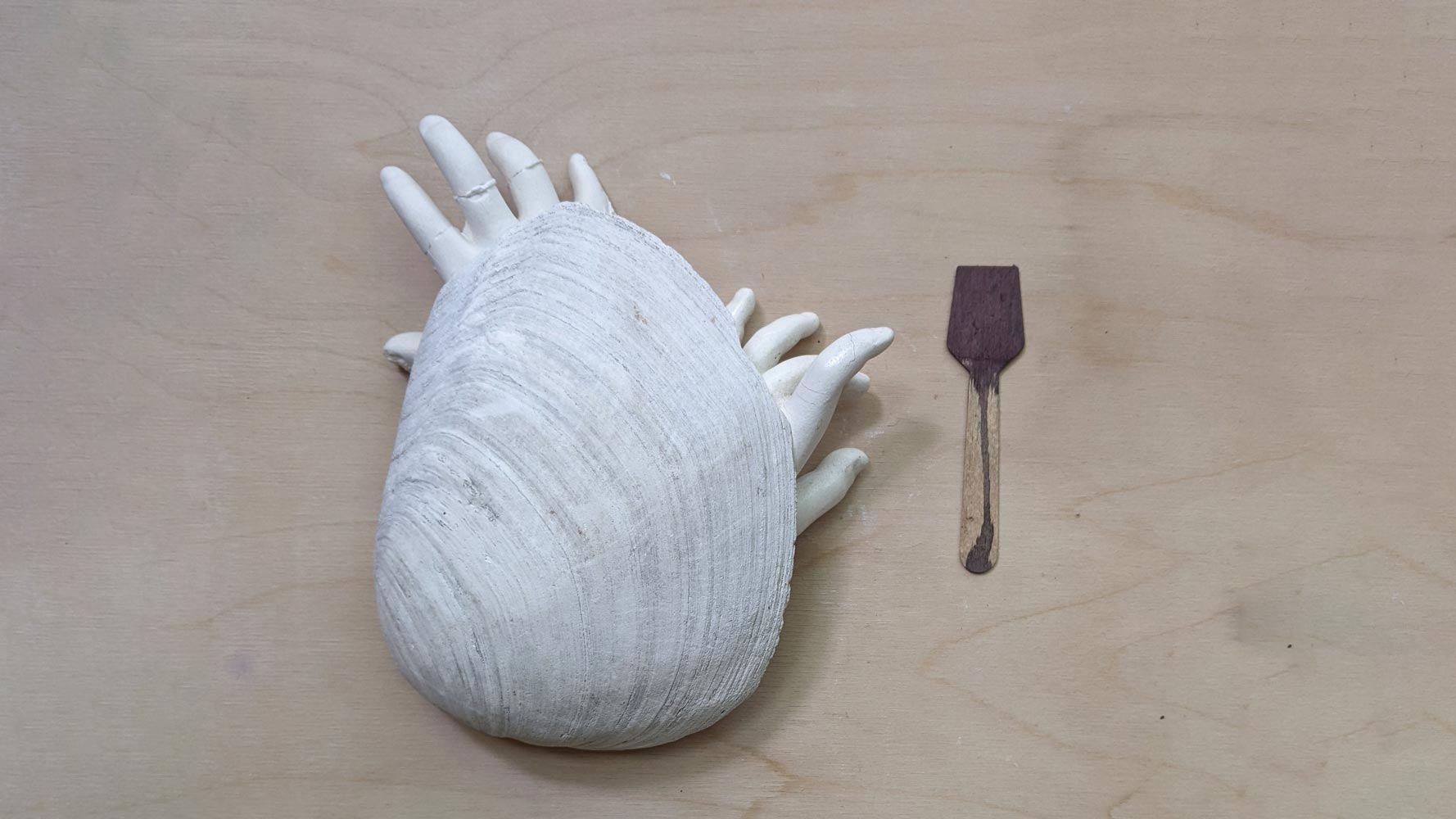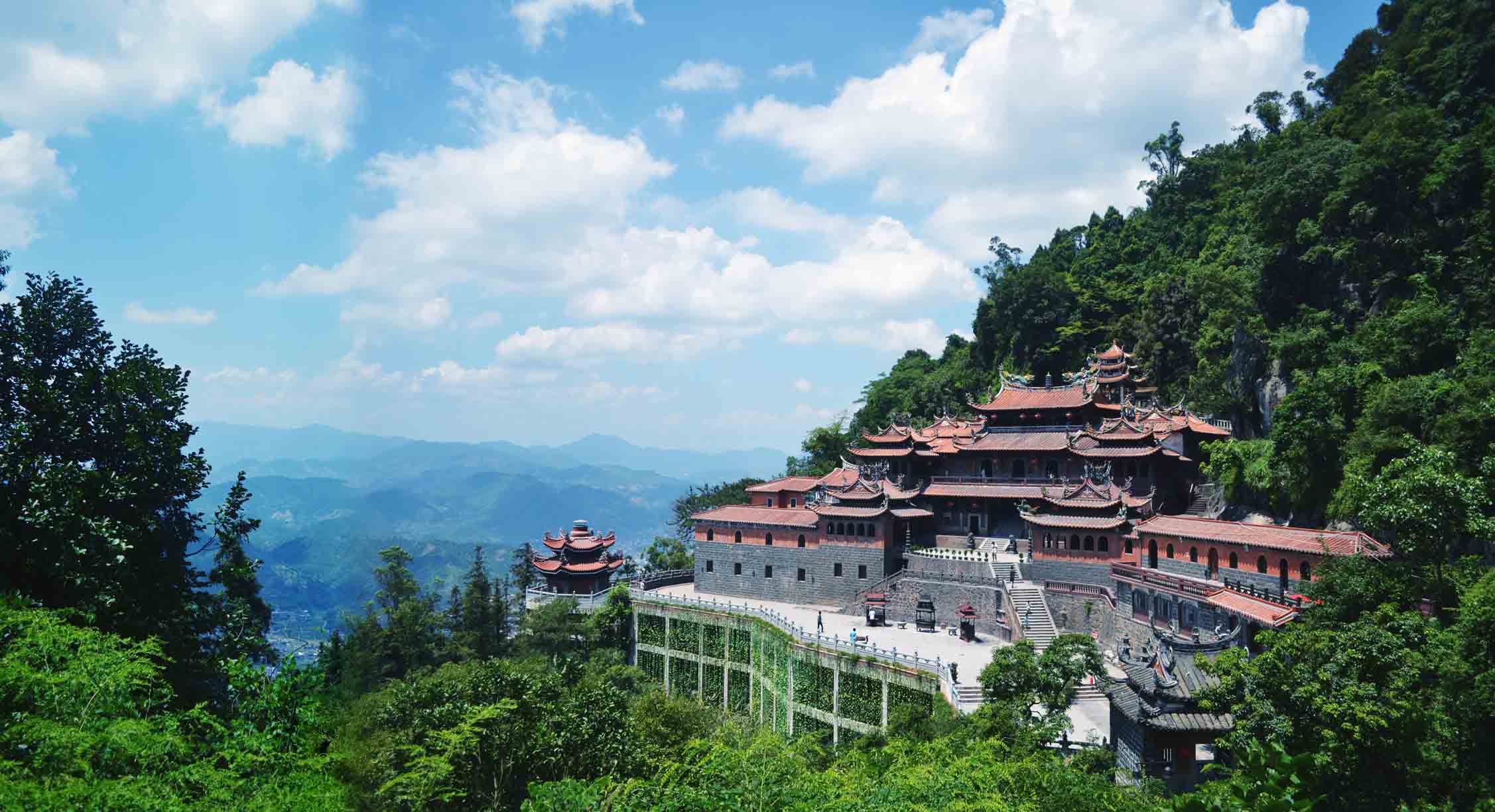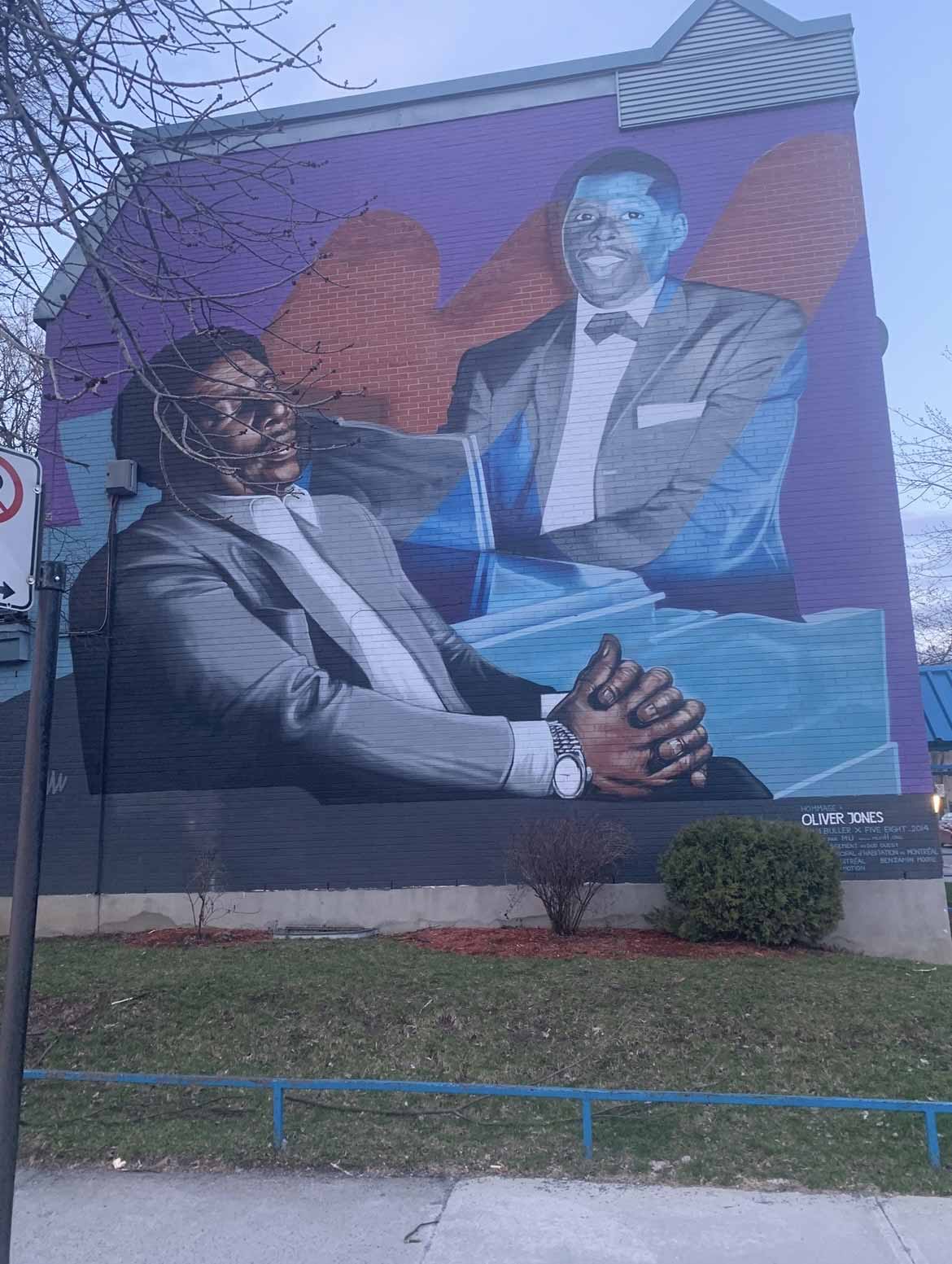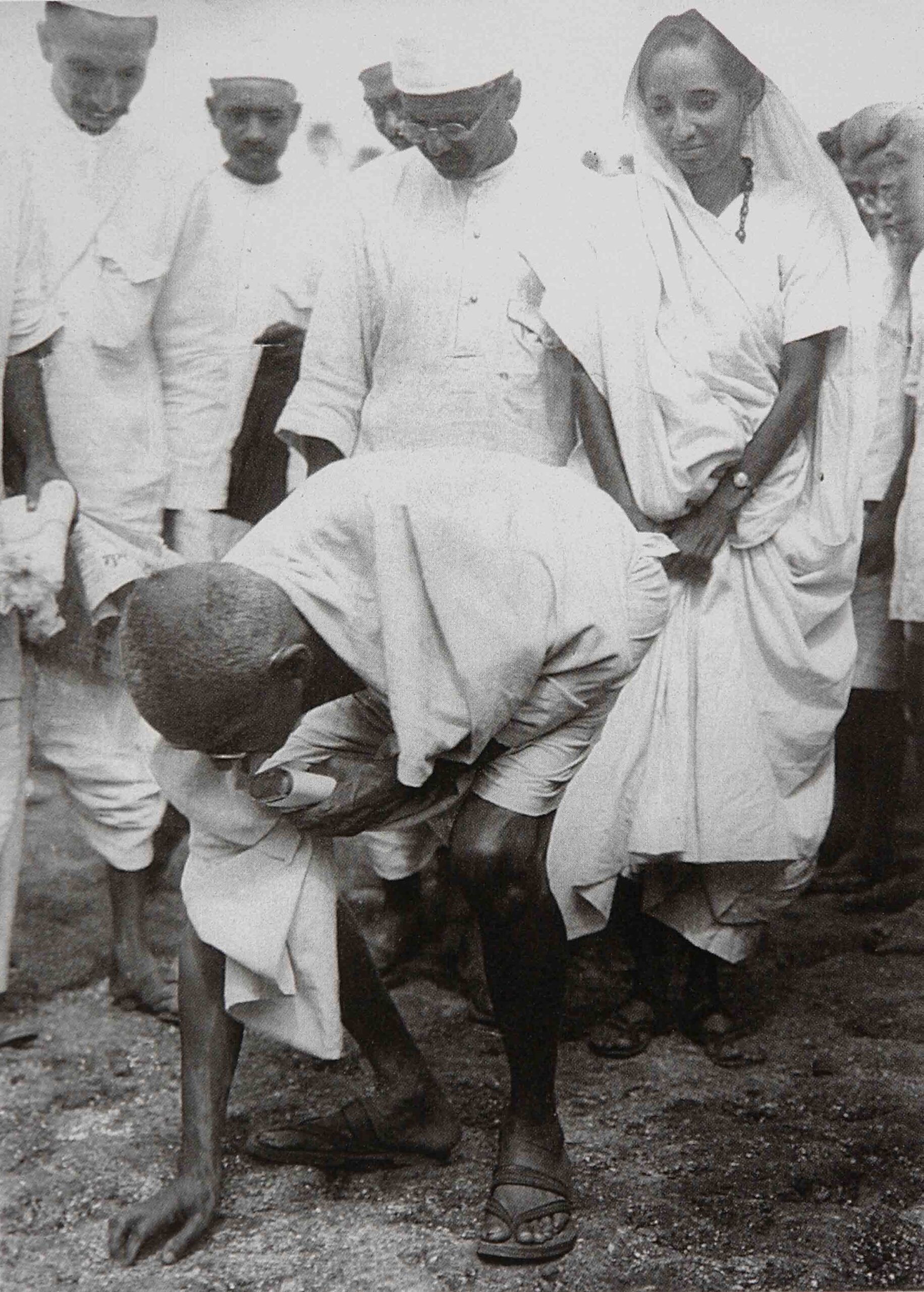Unpaved paths have been part of human activity for at least 12,000 years, and the histories of roads and cities are deeply linked. Together with waterways, rutways or tracked-roads ( ancient “railways”) were key arteries for commerce and social interaction in the ancient world, as well as for warfare within and between human settlements. The port city of Ur on the Lower Euphrates river in Sumeria (now Iraq) was where the first stone paved streets were recorded some 4,000 years ago. Two millennia later, during the Bronze Age, Ur was the birthplace of the biblical Abraham who spread Monotheistic traditions far and wide via the roads system. At that time, indeed, all roads led to Ur…
 Toll roads, too, have an ancient history, dating at least from the 7th century B.C. with the construction of the Susa-Babylon highway. Shortly after, the Persian Empire became famous for its Royal Road Highway (500 B.C.), which the Roman Empire integrated in its transport network, while also constructing an additional 53,000 miles of bricked roads. Foreshadowing the predominance of oil as a fuel in the modern period, black top or tar-based roads began to appear in the 8th century AD during the expansion of the Arab empire. Although water transportation was cheaper and easier, road building soon spread throughout the Mediterranean basin and in Asia, mainly for military reasons connected to the need to maintain hegemony by transporting armies and waging war.
Toll roads, too, have an ancient history, dating at least from the 7th century B.C. with the construction of the Susa-Babylon highway. Shortly after, the Persian Empire became famous for its Royal Road Highway (500 B.C.), which the Roman Empire integrated in its transport network, while also constructing an additional 53,000 miles of bricked roads. Foreshadowing the predominance of oil as a fuel in the modern period, black top or tar-based roads began to appear in the 8th century AD during the expansion of the Arab empire. Although water transportation was cheaper and easier, road building soon spread throughout the Mediterranean basin and in Asia, mainly for military reasons connected to the need to maintain hegemony by transporting armies and waging war.
 The modern story of transport continues, in a strange way, the tale of the imperial highway. It also involves the age-old question of state subsidies – Which mode of transport do they favor? Where do they go? Are they visible or invisible? How many Americans have heard of the United States Highway Trust Fund? That is a crucial cash repository, a “dedicated trust fund,” created by legislators in 1956 to finance the U.S. Interstate Highway System, with money raised indirectly by excise taxes and a federal fuel tax of 18.4 cents per gallon on gasoline and 24.4 cents on diesel fuel. This levy is a consumption tax built upon circular, morbid logic: burn petroleum, to drive cars, to finance highways, to service cars, to burn petroleum.
The modern story of transport continues, in a strange way, the tale of the imperial highway. It also involves the age-old question of state subsidies – Which mode of transport do they favor? Where do they go? Are they visible or invisible? How many Americans have heard of the United States Highway Trust Fund? That is a crucial cash repository, a “dedicated trust fund,” created by legislators in 1956 to finance the U.S. Interstate Highway System, with money raised indirectly by excise taxes and a federal fuel tax of 18.4 cents per gallon on gasoline and 24.4 cents on diesel fuel. This levy is a consumption tax built upon circular, morbid logic: burn petroleum, to drive cars, to finance highways, to service cars, to burn petroleum.
Perhaps it is not surprising that limited access highways first opened in the 1920s in Germany. When the Nazis took over, they pressed ahead and expanded the Autobahn. Then, in the post World War II era, the U.S. Interstate Highway System was created under the auspices of the military industrial complex and in the name of security and defence.
By the 1950s, North American governments were stressing oil, highways and cars to the detriment of more efficient, less disruptive electric traction systems (streetcars/tramways/interurbans), which in the past had often been privately owned, as they were in Montreal 100 years ago. And, of course, the highway mania helped kill railroads, with more than 100,000 miles of railroad disappearing in the U.S.
 Many extensive streetcar systems in North America were eventually replaced by plodding diesel buses, and roads called “parkways” were made popular by the urban planner and “master builder” Robert Moses whose ideas contributed to the destruction of rail infrastructure, including the famous Third Avenue Elevated subway in New York City – the “El” as it was known.
Many extensive streetcar systems in North America were eventually replaced by plodding diesel buses, and roads called “parkways” were made popular by the urban planner and “master builder” Robert Moses whose ideas contributed to the destruction of rail infrastructure, including the famous Third Avenue Elevated subway in New York City – the “El” as it was known.
Of course, the petroleum and oil industries profited greatly. In The Streetcar Conspiracy, Bradford Snell describes how “General Motors deliberately destroyed public transit.” Snell argues, as do many others, that the intent in the post-war period was to encourage the growth of the single occupancy vehicle and sow the seeds of the ultimate demise of half of America’s railway lines by the 1990s. In truth, it is a miracle that there are any railroads left, and it is only because of the intrinsic efficiency of rail that it has been able to eke out an existence. A long-haul freight train is at least 3 times more efficient than a truck. This over-riding fact has been obscured and hidden from the tax-paying public in order to promote two major industries: big oil and the automobile manufacturers.
But now a crunch is coming. For nearly a century, most roads and highways throughout the Western world have been nationalized and “socialized,” though the public is barely aware of this fact. Furthermore, the “dedicated trusts” in the United States are not segregated from general government funds and it is apparent that the Highway/Transit Trust Fund is running out of money. So massive state subsidies now flow to the highway system. A Pew study states that American motorists pay only about 50% of the costs for constructing and maintaining highways and roads. The Texas Department of Transportation says that the figure is even lower: about 20% of costs financed by users. Furthermore, new energy-efficient vehicles, and crumbling infrastructure, mean that tax inflow is falling ever further behind and not keeping pace with needs. Chants for electronic tolling and distance charging are becoming louder every day. Yet railroads have been abandoned, left, right, and center. How often has a road been abandoned?
Freedom is falsely equated with the automobile even though it is the source, often, of self-destructive dependence. Public policy driven by the car has entailed pollution, global climate change, huge ecological footprints, loss of biodiversity, and individual costs incurred to operate “personal transportation.” The British Petroleum volcano along the Gulf Coast is a raging symbol of catastrophe for wildlife, for the fishery, coastal marshes, biodiversity, and the local economy. This is the Chernobyl and Three Mile Island of the oil industry, and this tragedy is intimately connected to the car culture which demands a steady, “secure” supply of petrol. Although U.S. politicians are criticizing BP, and the government is reeling from the consequences of decades long de-regulation, neither the Republicans nor the Democrats are suggesting that the “drill baby, drill!” offshore exploration policy be reversed. It is a race to the bottom. We privatize the profits and socialize the costs!
 Notwithstanding all the hype, talk, and dire warnings of the negative externalities associated with our transportation system, we have not advanced very far in the last 30 years. Since the Reagan Revolution, and his administration’s cancellation of Jimmy Carter’s National Energy Program for alternative sources, North America has stagnated. Even centrist and left-of-centre parties are very sensitive to the needs of the motorist and the price of fuel, otherwise they end paying their own big price at the polls. Former Liberal leader Stephane Dion lost a Canadian federal election because he wanted a carbon tax to confront climate change. He was villified by the opposition, while even his own party members only went along half-heartedly.
Notwithstanding all the hype, talk, and dire warnings of the negative externalities associated with our transportation system, we have not advanced very far in the last 30 years. Since the Reagan Revolution, and his administration’s cancellation of Jimmy Carter’s National Energy Program for alternative sources, North America has stagnated. Even centrist and left-of-centre parties are very sensitive to the needs of the motorist and the price of fuel, otherwise they end paying their own big price at the polls. Former Liberal leader Stephane Dion lost a Canadian federal election because he wanted a carbon tax to confront climate change. He was villified by the opposition, while even his own party members only went along half-heartedly.
Here in Quebec and Montreal the transportation impasse is evident and the sprawl agenda is incessant. The Quebec government is driving exurbanization by the financing of new shovel-ready infrastructure like roads, highways, schools, daycare facilities in the far-flung extremities of metropolitan Montreal. When Quebec wants to build a highway it does not ask municipalities to pay for it, but it forces the same municipalities to share the capital costs for transit. The old model is stale, yet it is very seductive and is very much in vogue at the Quebec Ministry of Transport.
Clearly, we must change. A reliable, flexible, extensive public transit alternative to counter the post-World-War II dispensation for the highway is needed as a solution. And no matter what is said by political leaders, provincially or federally, the current reality will not change unless mass transit is made to be frequent and comfortable, as well as being integrated with all other modes of transport in order to have smooth and consistent transfers from one mode to another. A return to rail, and to water crafts, fairer costing of transport, and sustainable patterns of urban living are all essential ingredients. Granted this type of policy shift is difficult to accomplish politically, but it is necessary if we seriously wish to counter our civilization’s absurd addiction to oil and the automobile.
Possible Solutions To The Transportation Crisis
1. Change The Basic Reality
The present reality is a vicious circle: more highways and roads, equal more cars, and even more gridlock. By-passes/circumferential highways, or beltways, do not solve congestion problems. They are just band-aid and patchwork deferments, similar to heart by-pass surgery, a reprieve and a hinderance to true cure. Wisconsin’s Secretary of transportation, Frank Basalucchi, put the case clearly for the U.S., and the same judgement applies to Canada: “A solution to the nation’s congested transportation system must be multi-modal” (Railfan and Railroad, Oct. 2006).
2. Government Intervention and Financing is Needed to Create a Level Field for Transportation.
At the present time, government-funded roads represent a subsidy to truckers, car companies, paving and construction concerns, and especially to developers. State funding must be re-directed from heavily subsidized roads and airways to fund and encourage more mass transit, rail, bicycles, ferries, ships, waterways, and other environmentally friendly and less invasive alternatives.
3. Bring Railways Up To A State of Good Repair. The Bleeding and Erosion of Railways Must Stop
A. Property tax concessions, a regional and cross-country concern, should come from the province or state. Stop downloading these costs to municipalities.
B. Continued funding of rail renewal programs for short-line operators is essential.
C. Introduction of a Federal rail infrastructure tax credit to encourage new lines and discourage neglect and abandonment. Negligent railway management must become responsible and alert. Common carrier passenger or freight railway service must be in good repair. Better track maintenance increases the possibility of passenger rail.
D. Create a roll on/roll off railway of the Rolling Highways type, with intermodal nodes or terminals to divert truck and container traffic onto trains.
E. Rail-banking or conservation of rights-of-way is key if there is to be any passenger service on many threatened lines in the future.
4. Develop dedicated, reserved, and separated light rail/ high frequency passenger lines and streetcars
Surface, electric, light rail metro lines with good service levels are efficient and feasible. Paris’ surface RER system and New York City’s subway and suburban train network show what is possible and are superior to buses.
5. Encourage Transit-oriented Developments, Both Residential and Commercial, To Promote Transit Use
Build new communities by integrating them with and along transit corridors to reinforce the improvement of commuter railways. Discourage short-haul car use. Alleviate pressure to develop outwards.
6. Develop Sustainable Living Patterns
Locate more goods, services, and food sources next to residential developments and work places. Promote locally based food production and less synthetically produced foods. Keep people close to work and amenities with bicycle access ways, walking paths, and telecommuting to replace needles car trips. For a few brave souls – off-grid homesteading outside city centres.
7. Conservation of Prime Farmland With Local Sourcing of Food Supply
The price of food has been held artificially down since the early 20th century. Now, however, it is clear that current methods of food production require huge quantities of oil and the food supply will be under intense pressure in the near to mid-term. We assume that our current array of techniques is permanent – delivery by 3-day Warehouse-On-Wheels/ Just-in-Time Delivery, petro-chemical fertilizers, pesticides, redundantly mechanised tools. But trade routes can change on a dime because of economic distress, natural disaster, spread of disease, political uncertainty, and war. In the meantime, Detroit – the former car manufacturing capital of the world – has initiated the Urban Agriculture and Community Garden Programmes on vast stretches of vacant and derelict industrial land to make way for farms and natural spaces. Flint, Michigan, Michael Moore’s home town, is following Detroit’s lead. So should the rest of us.
8. Stop Addiction To Destructive and Dangerous Energy Sources – Oil, Coal, and Nuclear Energy
Notwithstanding the current economic slowdown, the peak oil era is approaching sooner rather than later, with declining production and reserves supplying increasing demand. There is an immediate need for alternative energy sources to drive the economy and its handmaiden: transportation.
The Winds of Change
Humankind now faces massive and concurrent existential struggles. The “Petromotive” economy is intimately linked with the worldwide race to urbanize at all costs and with the political struggle in the Middle East. Cataclysmic events may be inevitable if we do not change our ways, and both as individuals and as a global civilization we must overcome major obstacles if we are to avoid entropy. We are at one of those critical junctions in the river of time when we have to decide which path to take. Action to remedy this situation requires – a leap of faith.








Excellent article! Have been involved on a public transit board in a small rural county in Oregon for six years now, and it is hard to get even the supposedly ecology-minded citizenry of this area to see the need for spending on more intracounty buses and, above all, on rural-urban public transit routes to link area widespread town hubs with one another and the Portland metro center. Worse, state laws and policy have, in the years of “taxpayer revolts,” turned prohibitive toward these–and other social welfare–public actions, through tax- and tax-use restrictions (while of course continuing to channel monies out toward contractors, consultants, and “developers”/”investors” of all varieties). As I noted in commenting on this issue’s editorial, we must be careful what we regard as “green” in the fields of alternative energy develop (industrial-strength wind turbines, for example, have become a plaything of global corporate exploiters and environment-spoilers); we must thus, even more, as Mr. Shtern brings out, develop our public transportation systems.
This brilliant article is the most cogent summary of what needs to be done that I have read. What will it take to actually do this? How to defeat oil, trucking, highway circuits and rebuild an elegant transportation-city-agricultural system? This should be on Obama’s desk every day, knocking some sense and nerve into his corporate head. Jane Jacobs slew the dragon, Robert Moses. But New York then had some civic consciousness. The corporate model is ravenous, but it will break down, is doing so. Some means of raising daily consciousness of what a city is, what a transportation gird can deliver. I lived in France; hard put as they are, their system provides, but they have an active union of railroad workers, although that is diminishing, and there too the state is strapped, corporate matrix gaining tractions.
In any case, Avrom’s clarity put sthe long duree of armies, roads and the military state in perspective in the shortest possible compass. Which adds direction and torque.
Cogent analysis, excellent article. Unfortunately in today’s world, the best arguments need to be backed up with financial interests.
It doesn’t seem to be enough for us to acknowledge that subsidized roads-and-cars are killing us and many other species; we need to find large financial inducements to attract investors to help us make a transition to sustainable transport. And this will happen only if we elect representatives who will not cuddle up to the oil-and-auto lobbies. Sigh.